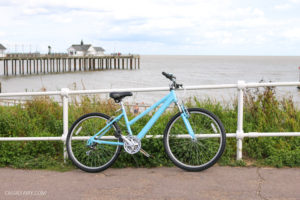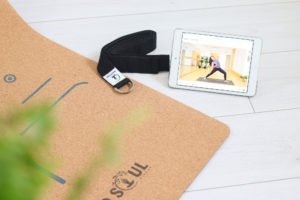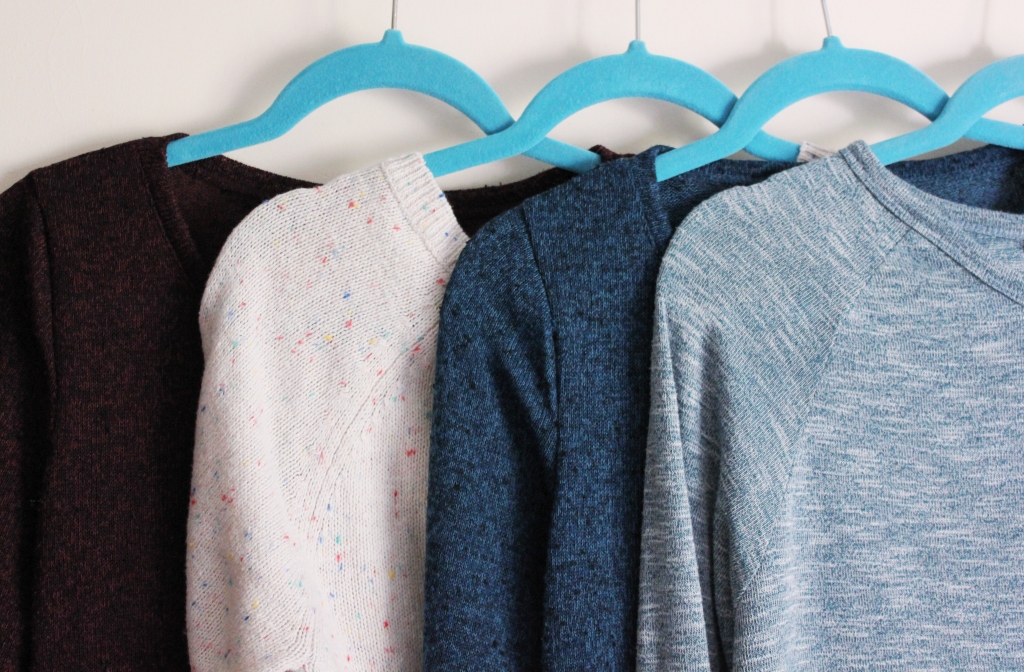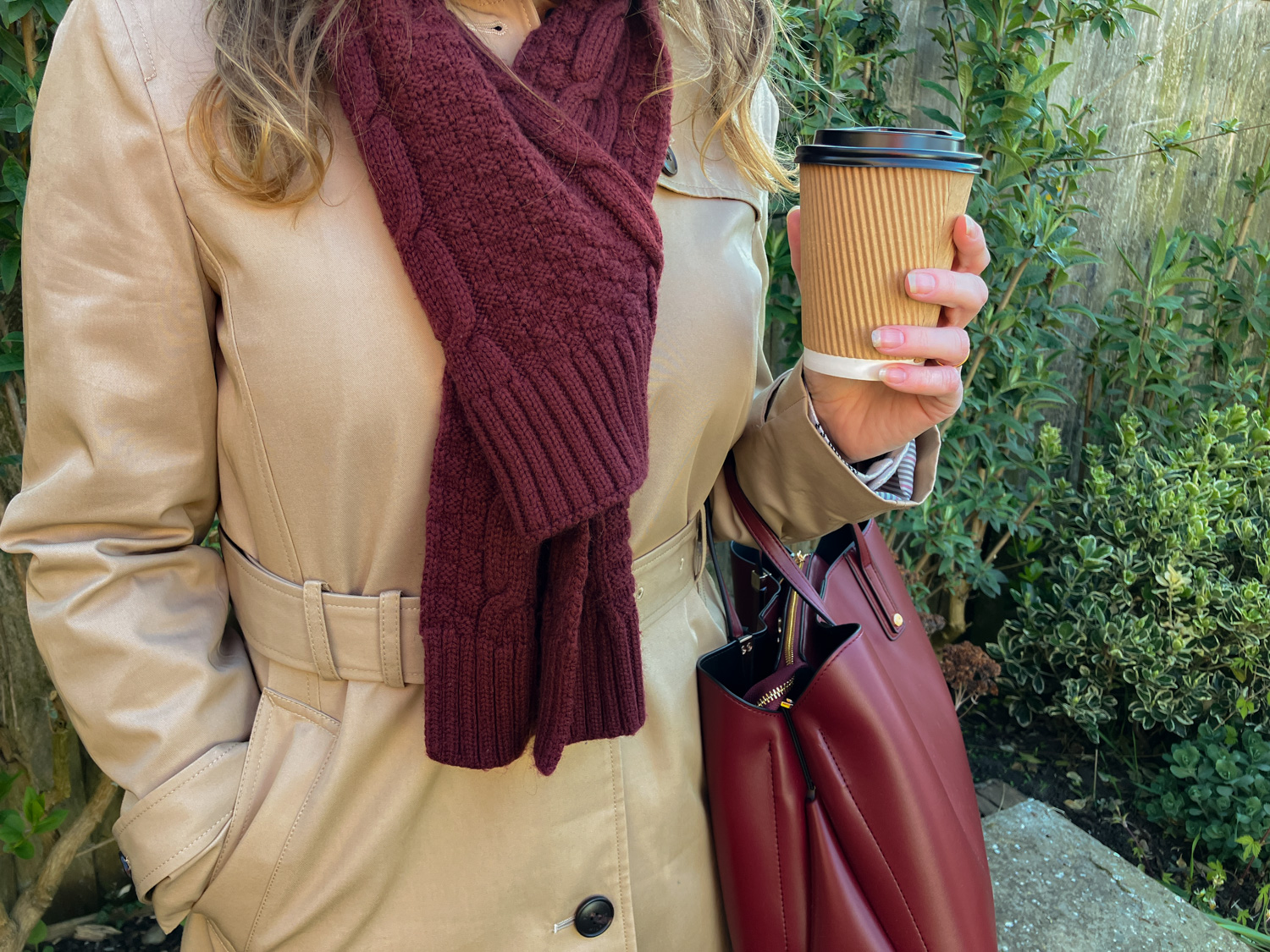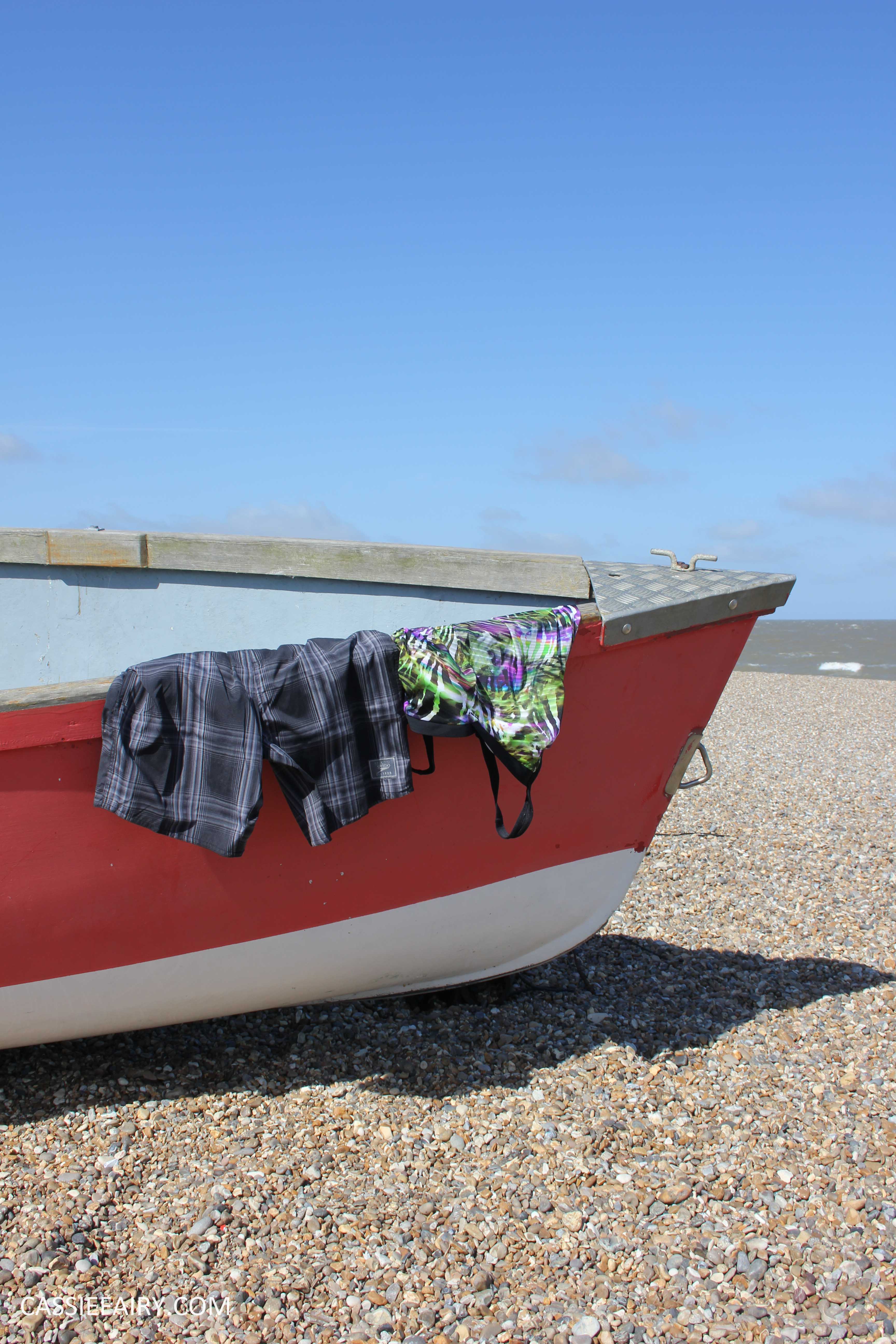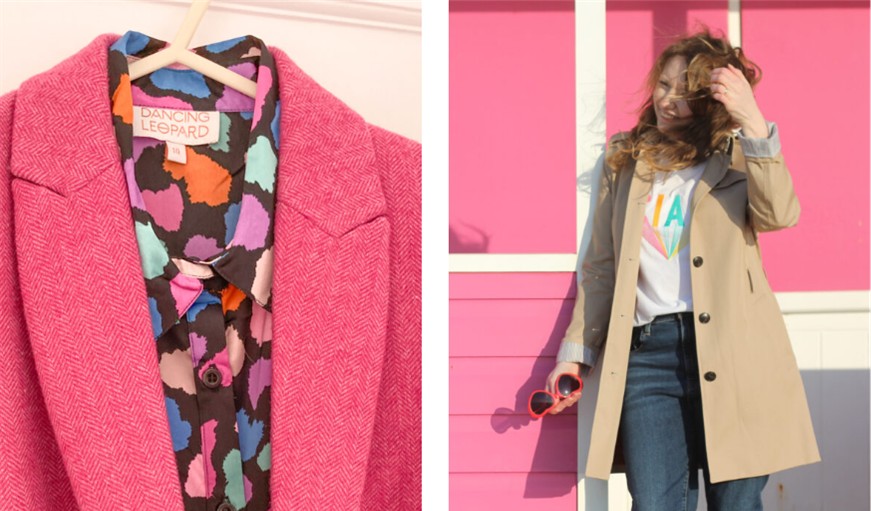Thanks to #SecondhandSeptember I’ve seen countless posts on Instagram on the topic of buying pre-loved clothing and used homewares, and customising fashion items from charity shops. While I’m already an avid secondhand shopper (if just for the money-saving aspect) the #SecondhandSeptember hashtag has got me thinking about fast fashion in general so I thought I’d share some research into fast fashion and come up with some alternatives…
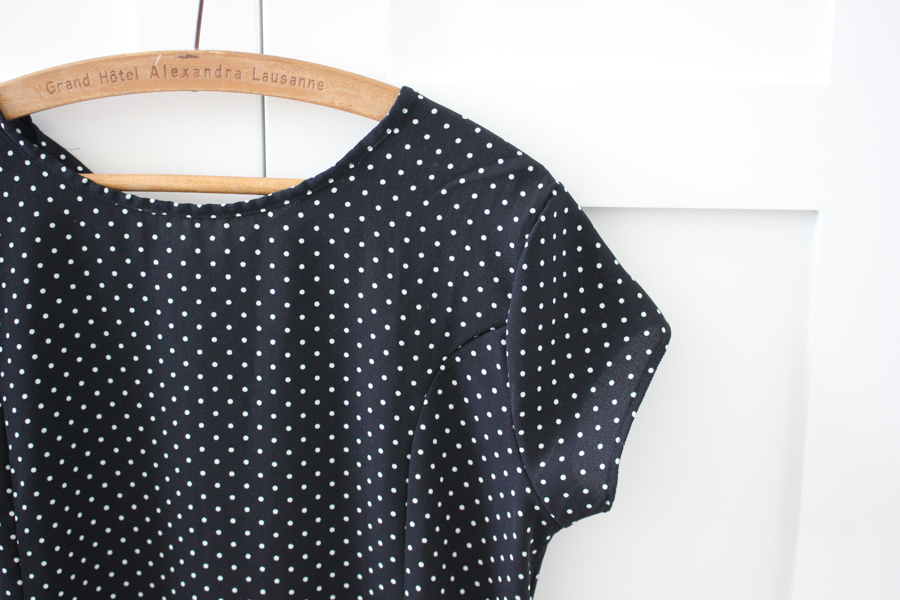
FACTS ABOUT FAST FASHION
With the news that global production of clothing now exceeds 100 billion units, it’s clear that fast fashion is more of a problem now than ever. It is estimated that more greenhouse gases are emitted by the fashion industry than by all air travel around the world combined. That’s not to mention the amount of oil (98 million barrels in 2015) and water used to produce clothing items – and it’s all because we are consuming too much. Isn’t it?
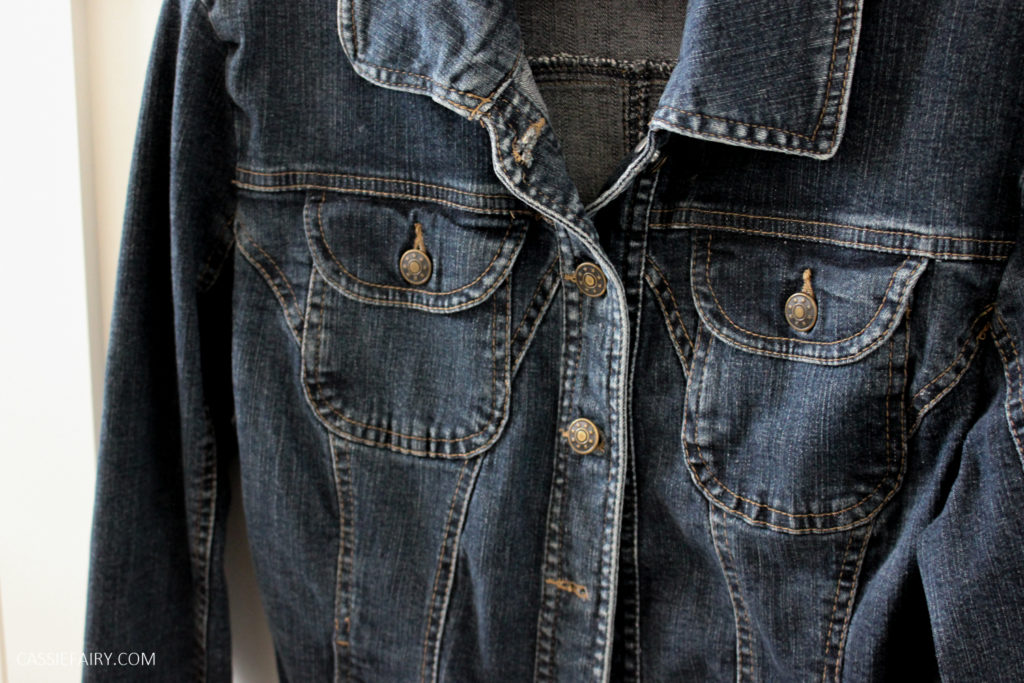
Where there were previously just two fashion seasons per year, spring/summer and autumn/winter, there are apparently now 52 micro seasons, meaning that new items will hit the shops every week, making you feel ‘out of date’ from one week to the next. It’s no wonder then that 700,000 tonnes of used clothing is sent to recycling facilities each year and a further 350,000 tonnes still ends up in landfill, yikes. You can see that fast fashion is a bit of a problem, right? So what can we do about it? How can we become more sustainable fashion consumers?
BUY WELL
Did you know that we consume more clothing per person in the UK than in any other country the whole of Europe? In fact, the statistic is at 99% more than in France. So what can we learn from French shoppers? I think they probably “buy well and buy once”. They invest in better quality pieces to start with and prefer timeless styles over current trends.
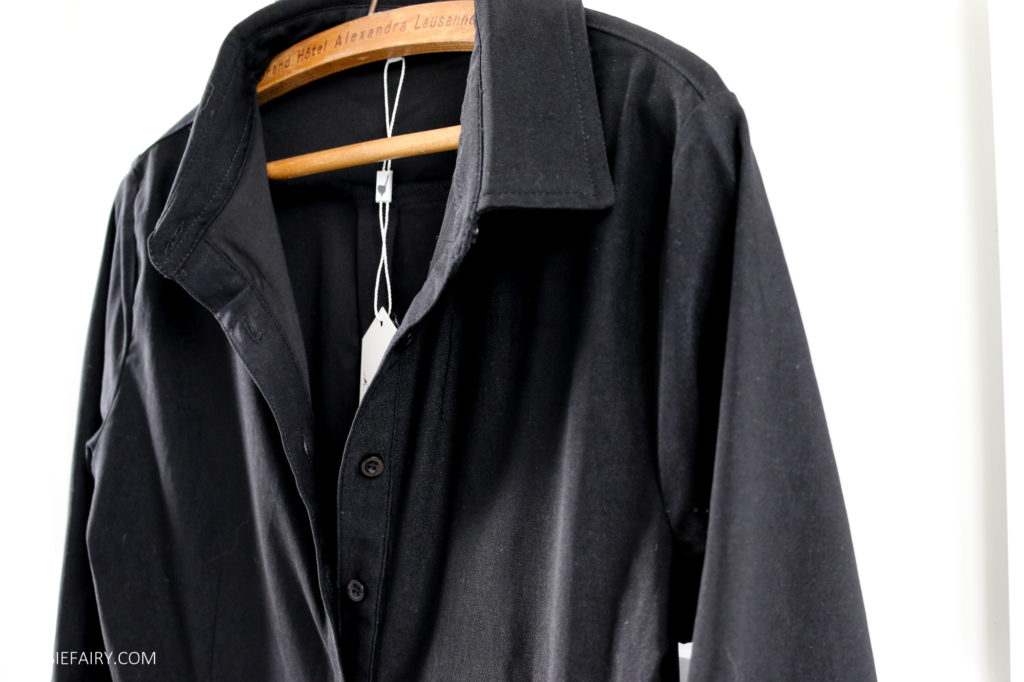
This means that their clothing lasts longer and they can shop less. So why not take this on board and only buy garments that are made to last? On average, the lifetime of a garment in the UK is estimated to be 2.2 years so if you aim to beat that duration you’re helping to solve the problem and reduce your need for fast fashion. Plus, you’ll save money in the long-term as your cost-per-wear goes right down over the years!
NATURAL FIBRES
Did you know that 62% of clothing is now made from plastic derived man made materials? Fabrics like polyester and acrylic release microplastics when they go through the wash, which ultimately ends up in our water. We can barely open a magazine or read a news story online these days without hearing about the problem of plastic pollution. A recent exhibition I went to at The Minories gallery in Colchester focused solely on this issue, with artists and poets responding to the problem of plastic pollution.
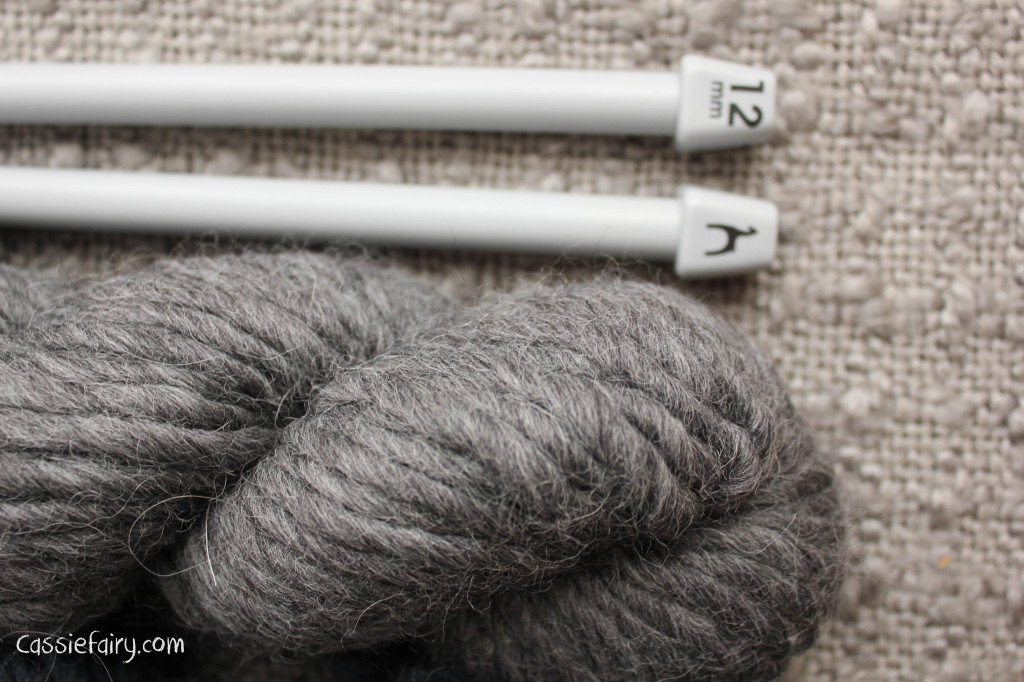
So how can we help reduce pollution from clothing? When you’re shopping for new garments, check the fabric they’re made from. I read a fast fashion report from Celtic & Co who say “By using sustainable natural materials such as wool, cotton and linen, clothing will not only last longer but also not pollute the environment once it has come to the end of its life, as all these materials decompose safely.” This will make your wardrobe more sustainable both now and in the long run.
SHOP SECONDHAND
Or third-hand, or even fourth-hand if you can! If something has lasted that long, it’s probably great quality and (by now!) vintage clothing. If #SecondhandSeptember has taught us anything, it’s that there are SO many unique outfits you can create when you buy from charity shops and you can get a look that no-one else is wearing.
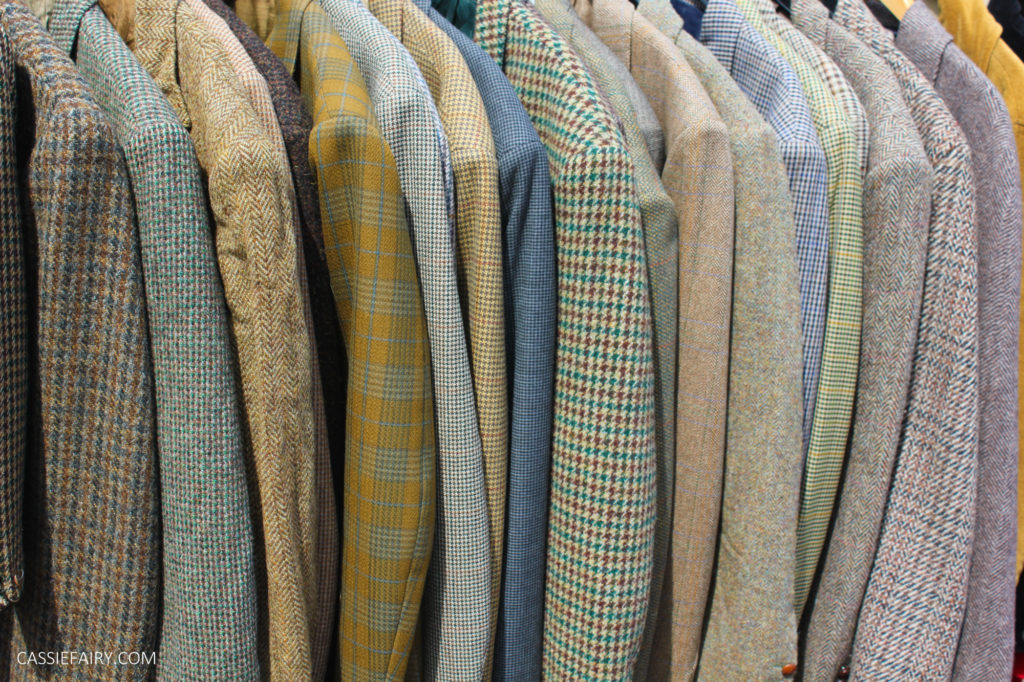
But why else should we shop secondhand? The reason is two-fold: Firstly, it keeps used items out of landfill – last year alone the British Heart Foundation saved 78,000 tonnes of donated items from landfill, including 17,000 tonnes of pre-loved clothes. And that’s just one charity. Secondly, if you shop secondhand, you’re not contributing to the production of fast fashion because you’re not consuming it.
And one more thing – it often costs less to shop secondhand, which is reason enough, in my books!
LOOK AFTER CLOTHING
If you look after what you already have, you can make it last longer and beat that 2.2 years average lifespan of clothing. The problem is that we don’t often know how to look after particular fabrics or garments and rely on the washing instructions provided. Even then, if it says ‘dry clean only’ I’m likely to bung it in the washing machine and hope for the best!
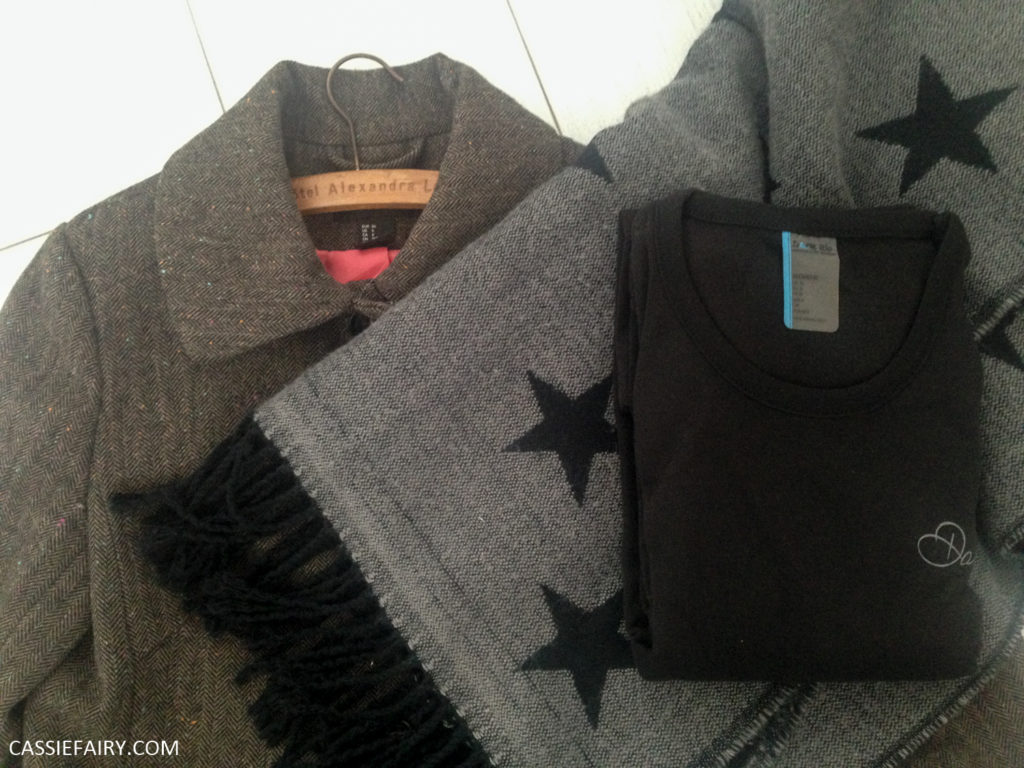
That’s probably not the best way to make your clothing last longer so learning how to look after particular items can help. Read a cleaning and care guide to find out how to care for sheepskin, knitwear, waxed cotton, linen, leather, cashmere and so much more. Once you know how to safely wash, dry and refresh your items, they’ll certainly last much longer.
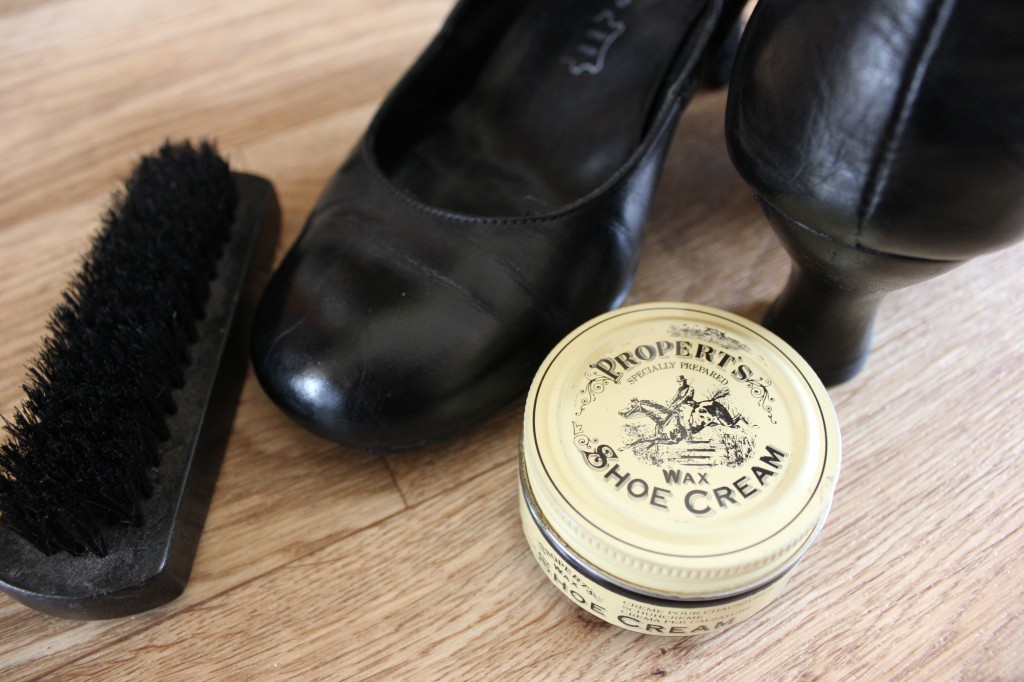
I hope that you’ve found today’s blog post interesting and that you’re considering some new ways to be a more sustainable fashion consumer. Let me know what you’ve been up to during #SecondhandSeptember in the comments below and I’d love to hear your tips for getting the most out of your wardrobe.
PIN IT FOR LATER
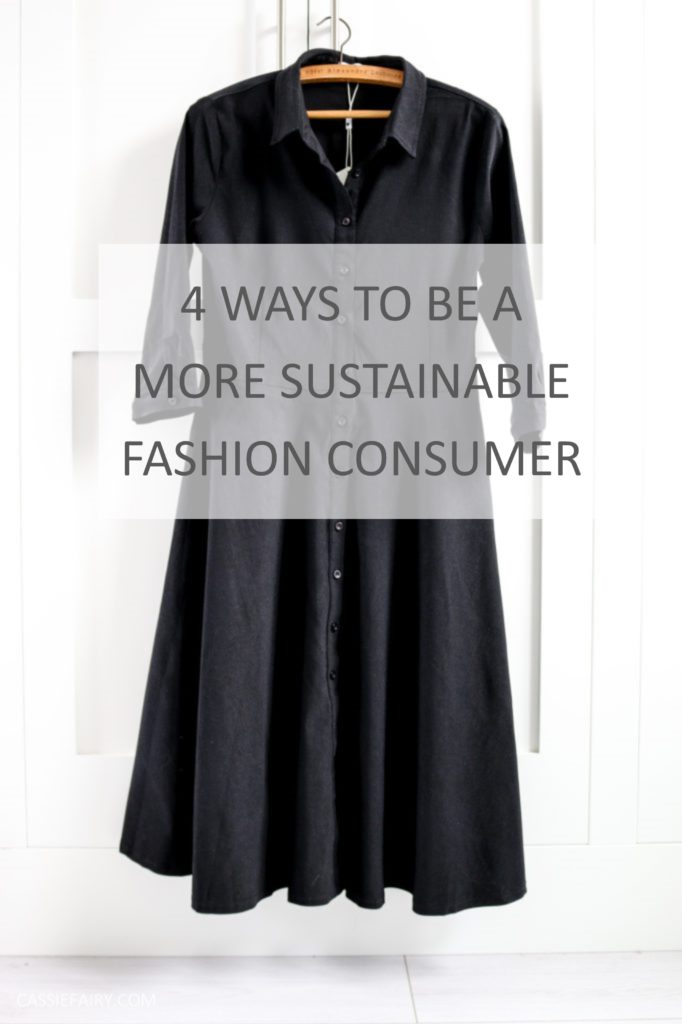
This article is a sponsored collaboration. The pink links in the content indicate a sponsored link or information source. The blog post reflects my own experience and the sponsor hasn’t had any control over my content 🙂







